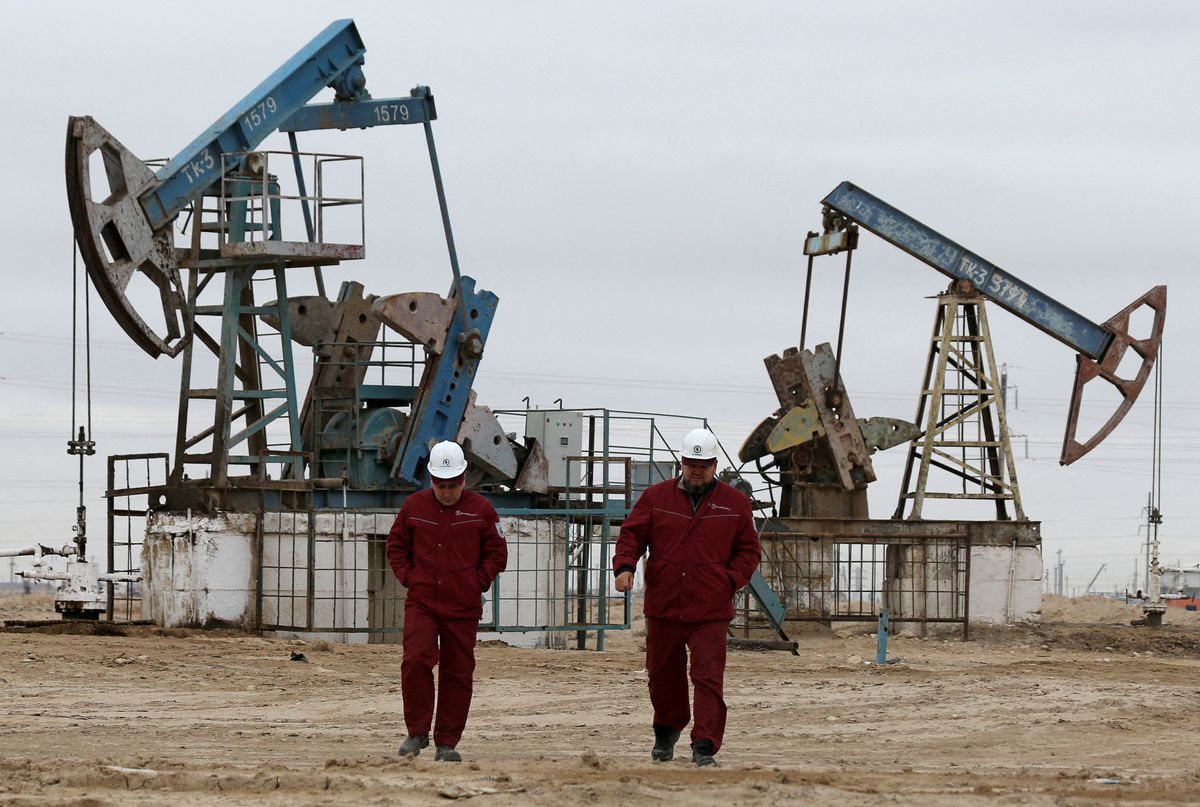
Oil prices dipped on Thursday, following earlier gains, on concerns that high gasoline prices could stifle economic development, but losses were limited by Shanghai’s expected relaxation of restrictions and a tight supply outlook.
By 0932 GMT, Brent crude futures were down $1.25, or 1.2 percent, at $107.86 per barrel. WTI crude futures in the United States decreased $1.96, or 1.8 percent, to $107.63 per barrel in June.
Both benchmarks’ front-month prices decreased by around 2.5 percent on Wednesday.
‘Slumping stocks, led by the US retail sector, exacerbated fears about growth and, with it, gasoline demand,’ said Saxo Bank analyst Ole Hansen.
Following Wall Street’s worst day since mid-2020, European and Asian stock markets plummeted, as harsh warnings from some of the world’s top retailers emphasised exactly how hard inflation is biting.
However, the prospect of a European Union embargo on Russian oil imports has been boosting prices.
The EU recommended new sanctions against Russia this month for its invasion of Ukraine, which Moscow describes as a ‘special military operation.’
This would entail a six-month outright ban on oil imports, but the restrictions have yet to be implemented, with Hungary being one of the most outspoken opponents of the idea.
On Thursday, Russian Deputy Prime Minister Alexander Novak stated that any oil rejected by European countries would be sent to Asia and other locations.
According to Novak, Russian oil production fell by roughly 1 million barrels per day in April but increased by 200,000 barrels per day to 300,000 barrels per day in May, with higher quantities predicted next month.
The European Commission presented a 210 billion euro ($220 billion) plan on Wednesday to transition Europe away from Russian fossil fuels by 2027 and to utilise the shift away from Moscow to accelerate its transition to green energy.
Also, unexpectedly, US oil stockpiles declined last week as refiners increased output in reaction to low product inventories and near-record exports, which have pushed US diesel and gasoline prices to new highs.
On the East Coast and Gulf Coast, capacity utilisation was above 95%, pushing refineries to their highest conceivable operating rates.
Investors in China are keeping a tight eye on plans to lift coronavirus restrictions in Shanghai, the world’s most populated city, beginning June 1, which might contribute to a resurgence in oil demand from the world’s top crude importer.

Post Your Comments